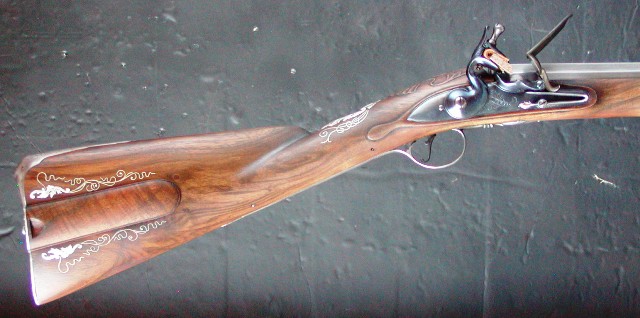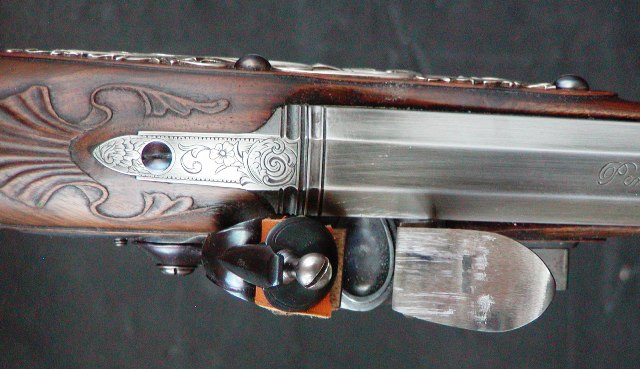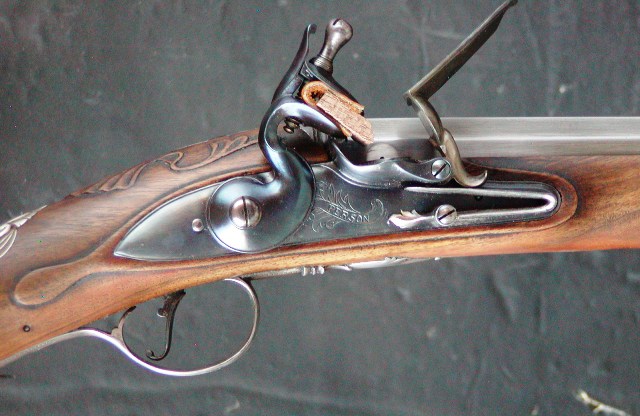I could use some direction, I don't know enough to even know what to search for. I want to try building my own longrifle, but, given the effort involved, I'd like it to be as historically accurate as possible for me to do given my skill level and knowledge. I'm not a historian, or even amateur history buff, so admittedly i'm in over my head and looking for suggestions.
The features I like and want are:
The features I like and want are:
- Flinter - PA has a dedicated flintlock late deer season, percussion is not allowed. Ideally this would be something with a waterproof pan design, a roller bearing on the frizzen, a fast lock time... i.e. all the benefits of a late flint design.
- Hooked breech and wedged barrel keys - I really like the ability to remove the barrel for cleaning on my TC. I've heard there are other quick release designs for the breech but i'm unfamiliar with what they are.
- Full stock - this is just aesthetics, but I like the look of a full stock rifle. A takedown style with a seperate forestock is an option, actually I think i prefer it to a fragile foreend on a one piece that might break once the barrel is removed. If I go with an actual full length stock, I would probably gravitate to a style with a bit more meat on the wood, I'm willing to spare the extra 1/2 pound
- .50 Cal - ish. I don't want to be shooting golf balls, but i also want a caliber I can use and take whitetail with.
- accurate - the 1:48 gets a bad rap from some saying it's a compromise, but others say it's great, and one fellow had quite a list of NMLRA competetions he won with 1:48. The original hawkens had 7 round bottom groves and 1:48 twist i believe and were regarded as very accurate to great distances for the day. I was leaning towards the same.
- 32-36" barrel - I do want to use this for hunting, afterall, so i need to keep the length reasonable for the thick PA woods.











